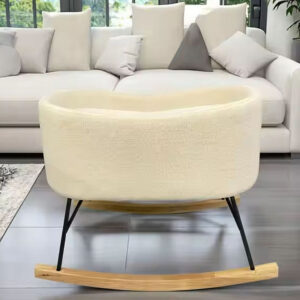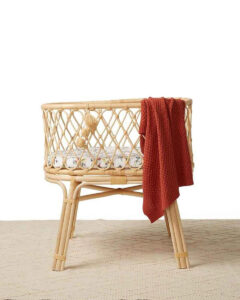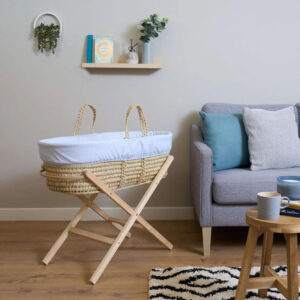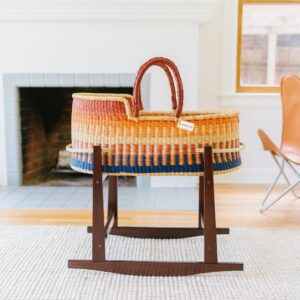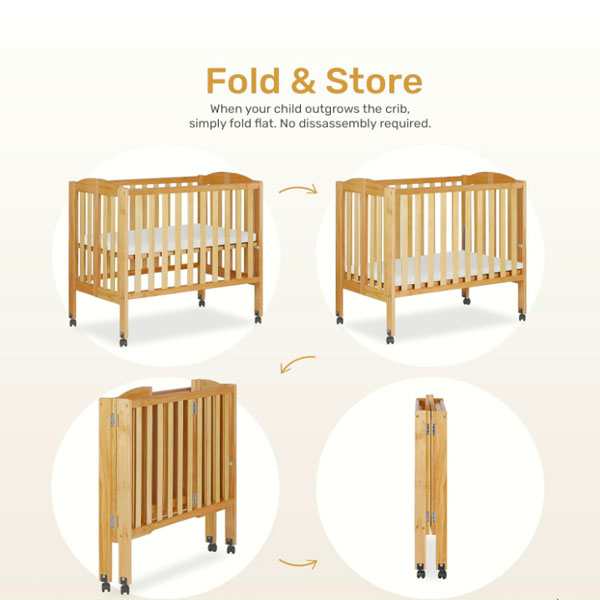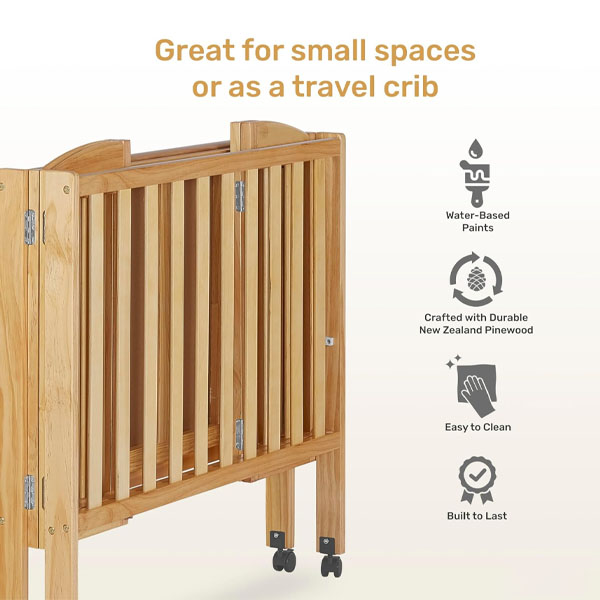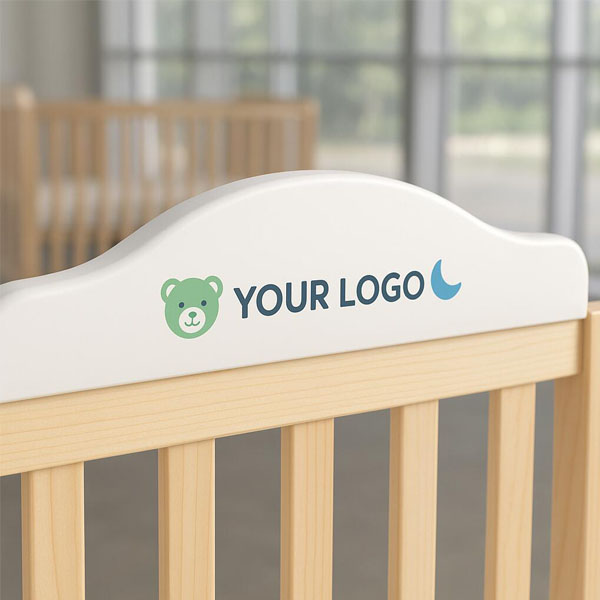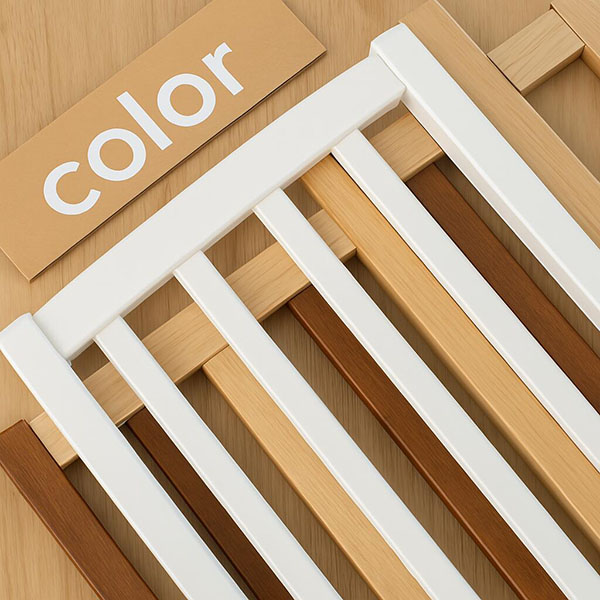How to Train Cats Not to Scratch Furniture?
Cats love scratching, but it can be a nightmare for furniture. I’ve lost count of how many couches I’ve had to replace due to my cat’s sharp claws.
Training cats not to scratch furniture involves providing alternative scratching surfaces, using deterrents, and reinforcing good behavior. This approach helps redirect their natural scratching instinct away from your belongings.
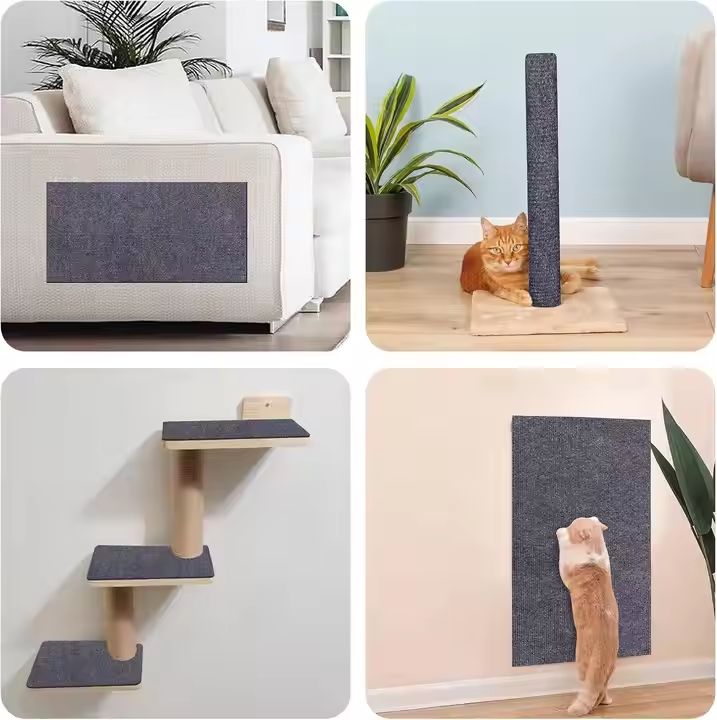
The key to success lies in understanding why cats scratch and how to redirect this behavior effectively. As someone who has spent years figuring out how to save my furniture from my mischievous cat, I’ve learned some valuable strategies.
Why Do Cats Scratch Furniture?
Cats scratch for several reasons, including marking territory, exercising, and sharpening their claws. Understanding these motivations is crucial for developing effective training strategies.
Cats scratch furniture primarily to mark territory, exercise, and maintain their nails. By addressing these needs with appropriate alternatives, you can reduce unwanted scratching.
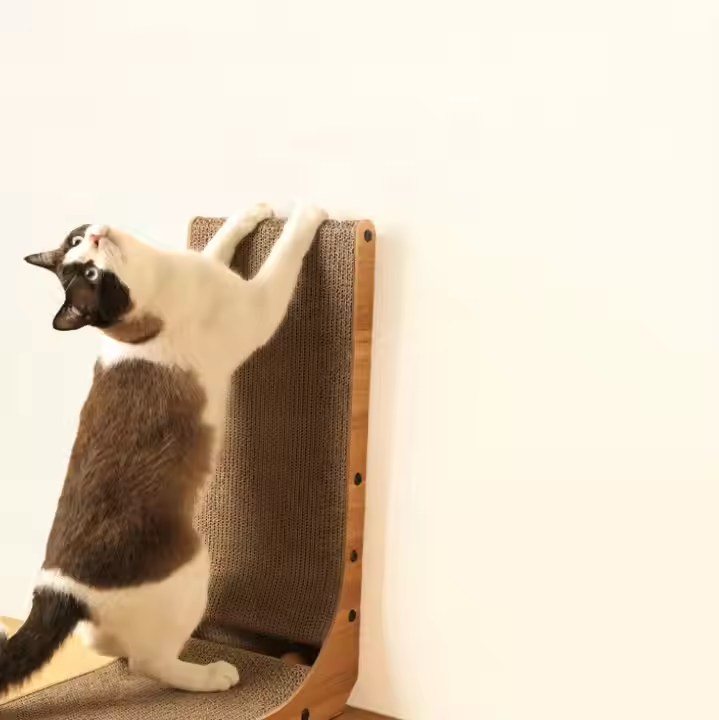
Understanding the Reasons Behind Scratching
Cats have scent glands in their paws, so when they scratch, they deposit their scent on surfaces, marking territory. This behavior is especially common in multi-cat households or when new pets are introduced. Exercise is another reason cats scratch; it stretches their muscles and extends their claws. Finally, scratching helps maintain their nails by shedding old layers and keeping them sharp.
To address these needs, you can provide scratching posts or pads made from materials like sisal rope or carpet. These alternatives allow your cat to scratch without damaging furniture. I’ve found that placing scratching posts near areas where my cat likes to scratch helps redirect their behavior.
Choosing the Right Scratching Surfaces
Not all scratching surfaces are created equal. Cats prefer surfaces that are sturdy, tall enough to allow them to stretch, and made from materials that provide a good grip. Sisal rope is a popular choice because it’s durable and cats love the texture. Carpeted scratching posts are also effective, but they may not last as long as sisal.
When selecting a scratching post, consider the size and placement. A post should be at least 3 feet tall to allow your cat to fully extend their body while scratching. Place it in a prominent area where your cat spends most of their time, like near a favorite sleeping spot or in a high-traffic zone.
| Material | Durability | Cat Preference | Cost |
|---|---|---|---|
| Sisal Rope | High | Very High | Medium |
| Carpet | Medium | High | Low-Medium |
| Wood | Medium | Medium | Low |
| Cardboard | Low | Low-Medium | Very Low |
How to Deter Cats from Scratching Furniture?
Deterrents can help discourage cats from scratching furniture when they’re not using their scratching posts. These methods should be used in conjunction with providing appropriate scratching alternatives.
Deterrents like double-sided tape, aluminum foil, and citrus sprays can discourage cats from scratching furniture. Consistency and patience are key when using these methods.
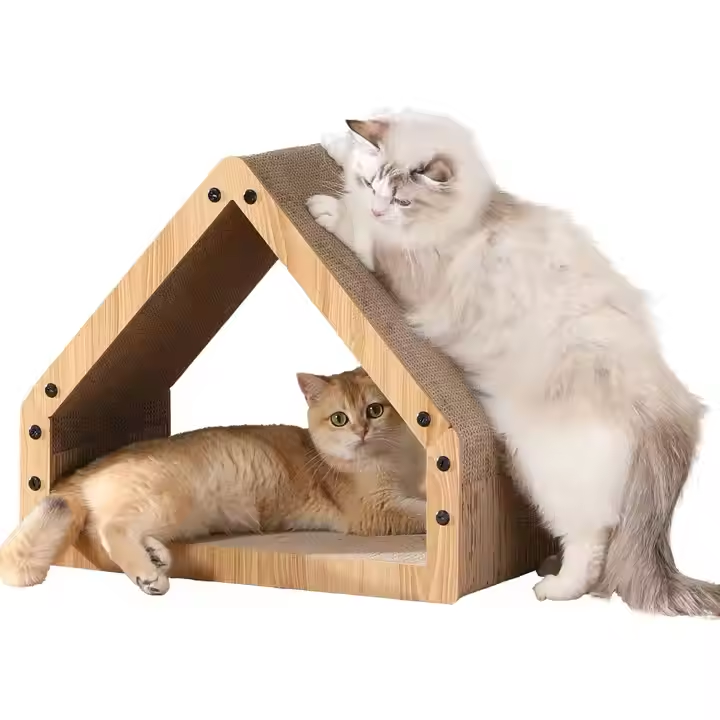
Using Deterrents Effectively
Double-sided tape is a popular deterrent because cats dislike the sticky sensation on their paws. Place strips of tape on surfaces you want to protect. Aluminum foil is another effective option; cats don’t like the sound or feel of scratching on foil. For a more natural approach, citrus sprays can be used. Cats generally dislike the smell of citrus, so spraying furniture with a citrus-based spray can deter them from scratching.
Consistency is crucial when using deterrents. If you only occasionally apply deterrents, your cat may not associate them with the undesired behavior. It’s also important to ensure that your cat has access to scratching posts at all times to redirect their scratching instinct.
Reinforcing Good Behavior
Positive reinforcement plays a significant role in training cats. When your cat uses their scratching post instead of furniture, reward them with treats or praise. This encourages them to continue using the post.
Reinforcement should be immediate and consistent. The moment your cat starts scratching the post, offer a treat. Over time, your cat will associate using the scratching post with positive outcomes.
| Deterrent Method | Effectiveness | Cost | Ease of Use |
|---|---|---|---|
| Double-Sided Tape | High | Low | Easy |
| Aluminum Foil | High | Very Low | Easy |
| Citrus Sprays | Medium-High | Medium | Easy |
| Positive Reinforcement | Very High | Low | Requires Consistency |
What Are Some Long-Term Solutions for Preventing Furniture Scratching?
Long-term solutions involve a combination of providing scratching alternatives, using deterrents consistently, and reinforcing good behavior.
Long-term success in preventing furniture scratching requires patience, consistency, and a comprehensive approach that includes providing scratching posts, using deterrents, and reinforcing desired behavior.
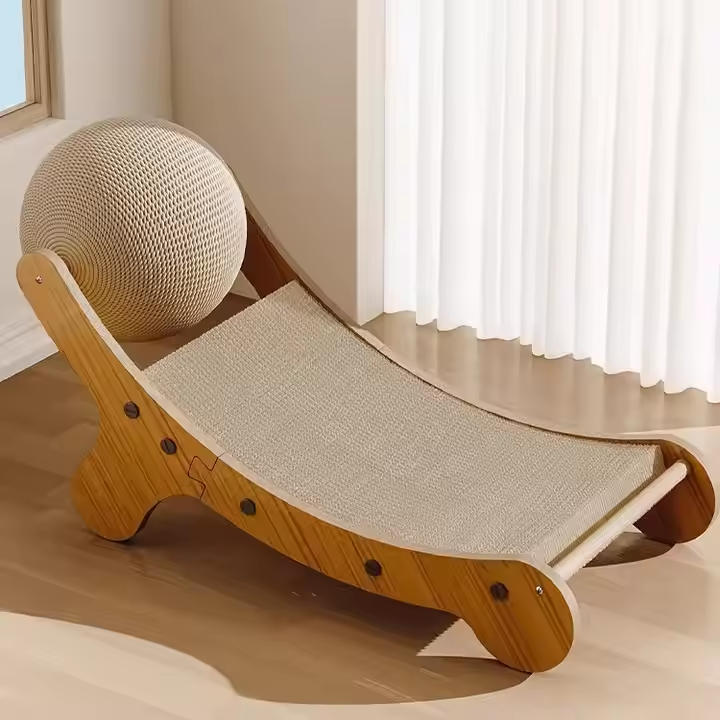
Creating a Scratching-Friendly Environment
Creating an environment that encourages scratching in the right places is essential. This means ensuring that scratching posts are always available and easily accessible. I’ve found that having multiple scratching surfaces around the house helps distribute the scratching behavior more evenly.
Managing Stress and Boredom
Sometimes, cats scratch due to stress or boredom. Providing toys and engaging activities can help reduce these factors. Interactive toys like feather wands or puzzle toys keep your cat entertained and active, reducing the likelihood of unwanted scratching.
Regular Nail Maintenance
Regular nail trimming can also help reduce scratching. Shorter nails cause less damage if your cat does accidentally scratch furniture. However, nail trimming should be done carefully to avoid hurting your cat.
Training Consistency
Consistency is key in any training process. Ensure all family members are on board with the training methods to avoid confusing your cat. If some family members allow scratching on furniture while others discourage it, your cat will become confused and less likely to learn.
| Long-Term Strategy | Effectiveness | Difficulty | Cost |
|---|---|---|---|
| Scratching Posts | Very High | Low | Medium |
| Deterrents | High | Low | Low-Medium |
| Positive Reinforcement | Very High | Medium | Low |
| Environmental Enrichment | High | Medium | Medium |
| Nail Maintenance | Medium | Medium | Low |
Conclusion
Training cats not to scratch furniture requires patience, consistency, and the right strategies. By providing scratching alternatives, using deterrents, and reinforcing good behavior, you can protect your furniture and create a harmonious home for both you and your cat.

